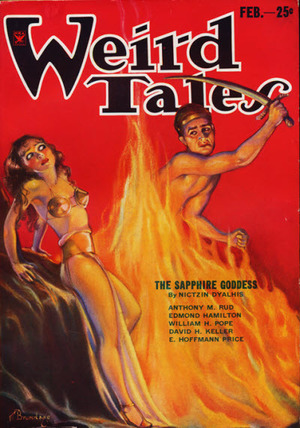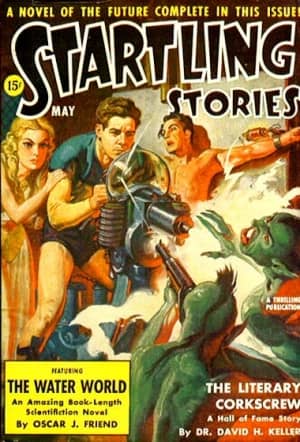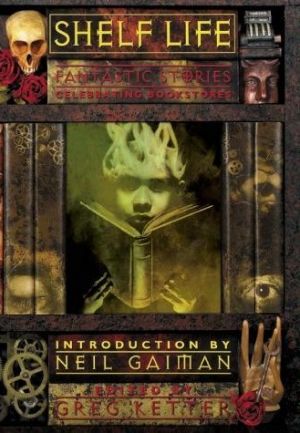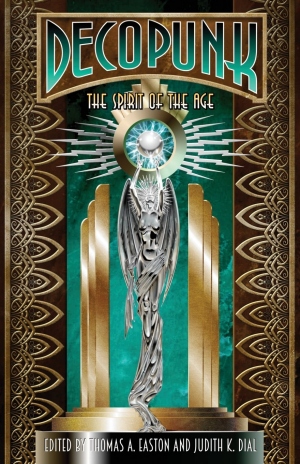The Top Five Books I Read in 2018
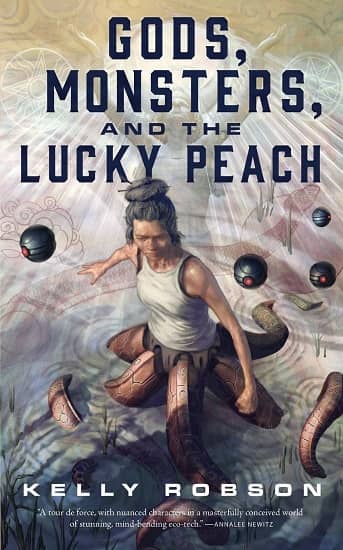 |
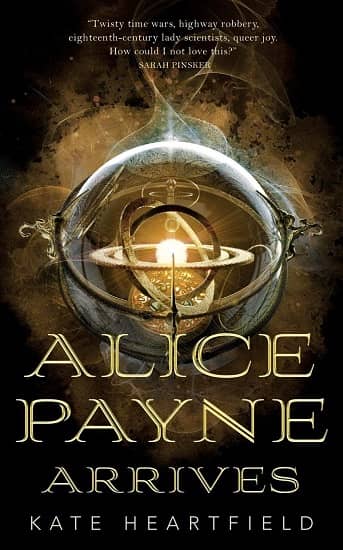 |
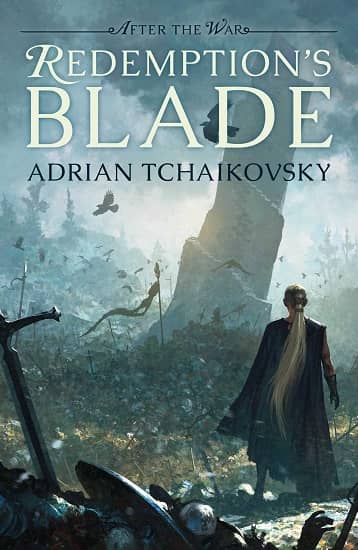 |
Okay, so maybe I’m one of those people who thinks, “Wow, how is it already a new year?” But then I think about everything I got up to in those 365 days and realize that time flies because I tend to keep myself pretty busy. Most relevant to my column here, that includes a ton of reading – and once again I’ve given myself the challenge of choosing my favorites, with a Top Five Books I Read in 2018.
In previous years, I’ve given myself the wiggle room that it didn’t matter what year the book was published in. I’m taking that away this time, forcing myself to choose from 2018 publications because, quite frankly, more recent titles need the signal boost more than something like Stephen King’s The Gunslinger. And I’ve managed to select a life-on-the-line, absolutely-have-to-choose #1 pick. For 2016, that title was An Inheritance of Ashes; for 2017, I went with The Nine by Tracy Townsend. But for 2018…
Life-on-the-Line Pick: Gods, Monsters and the Lucky Peach
The first time I saw Kelly Robson after reading her novella, I might have gone on a bit about a) how amazing it was and b) how there had better be a sequel in the works. (There is.) Lucky Peach is an action-packed, feels-jerking hopepunk story that somehow combines time travel, post-cataclysm environmentalism, transhumanism, tight character development AND a gut-punch of an ending. Seriously, go read this gods-damned book. Right now. Or if you’re not convinced, read my full review here.
And in alphabetical order, my other four picks for 2018 are…



